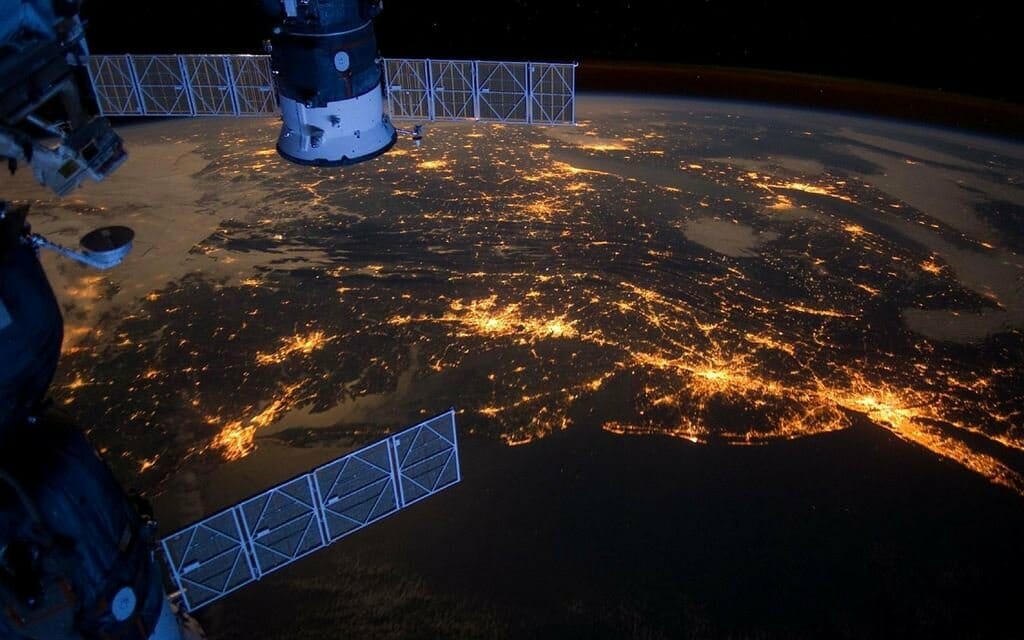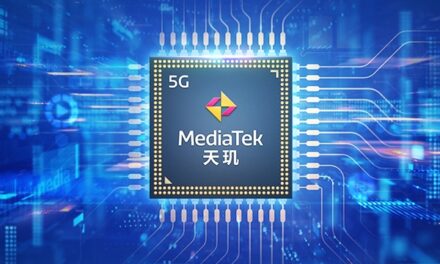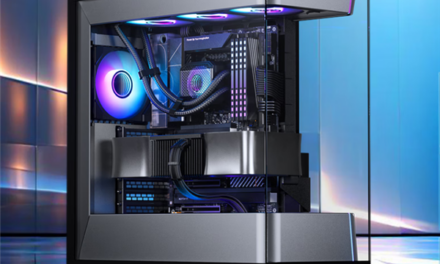
Satellite Imagery: Reasons to Use Satellite Imagery Services

The first satellite image of the Earth was captured by the Apollo 17 crew on February 8, 1972. This photo was later deemed an iconic representation of the human condition by Gregory Petsko. The photograph was the catalyst for the beginning of environmental activism in the U.S. Today, satellite imagery is a crucial part of the big data revolution. These images are collected through remote sensing technologies, which also include aerial photographs and drones. The data is refined with algorithms and used to map phenomena and places on Earth’s surface and atmosphere.
Spatial Resolution:
The main feature of GeoEye-1 satellite imagery is its spatial resolution. The technology has made it possible to measure the earth’s reflectance. The resolution is a measure of how accurately a certain portion of the Earth’s surface appears, and it’s constantly improving. The amount of data transmitted from one satellite to another is limited by the bandwidth of the antenna. In addition, many high-resolution satellites can only transmit images in the visible and near-infrared bands.
Uses for satellite Imagery:
While there are many uses for satellite imagery, the most popular is natural color imagery. This type measures the visible spectrum and combines these bands to reveal a wide variety of information about a surface. These images can range from detailed terrain maps to detailed images of ancient archaeological sites. Different types of imagery are available in varying resolutions and prices. Commercial applications of satellite images vary, ranging from free to hundreds of dollars. Those working in humanitarian and human rights organizations often use this information to monitor the situation in developing countries.
The information provided by satellite imagery helps governments share information and the industry to act faster and more effectively. The raw data provided by the satellites contain several parameters, which can be interpreted through remote sensing software. This information can be combined with other types of data to provide more accurate and complete images for forecasting, research, and decision-making. In fact, the data is even used for security and agriculture. The use of satellite data in this way is growing exponentially, and this new technology is transforming the way we view the world.
Important Source of Information:
High-resolution satellite imagery is the most important source of information for many different sectors of society. It allows us to understand our surroundings in greater detail than ever before. We can use the images of the Earth and the planets in the past. They gave us the ability to monitor our environment. And, today, satellites are providing high-quality images at affordable prices. The images from these satellites can be used for emergency purposes, including military missions. A high-resolution image will be useful for identifying anomalies, as well as monitoring the weather conditions.
There are several ways to access and use satellite imagery. One is to create an account for yourself with a satellite data provider. A database with satellite data will give you access to images of the entire world. The database can be used to find the most relevant information on the Earth. The other option is to buy the satellite images in bulk. It is important to note that there are also other ways to analyze and use the data. For example, you can create a map or a graph based on the images you obtain from the satellite.


























